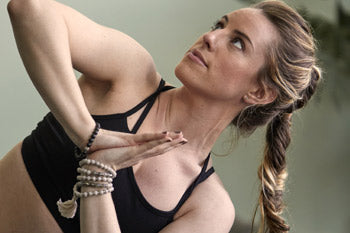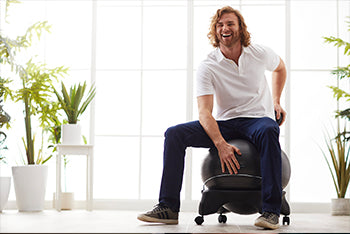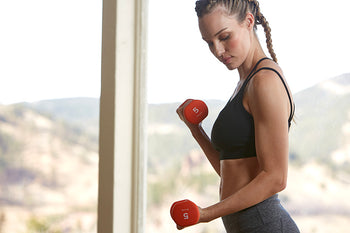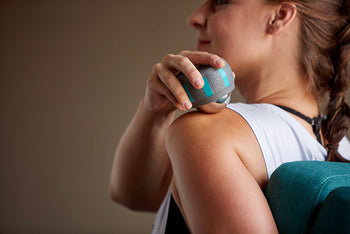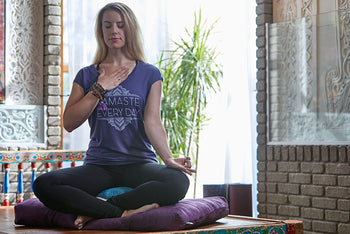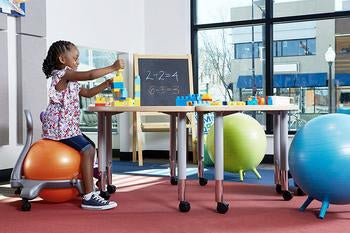Getting Started: Yoga for Beginners
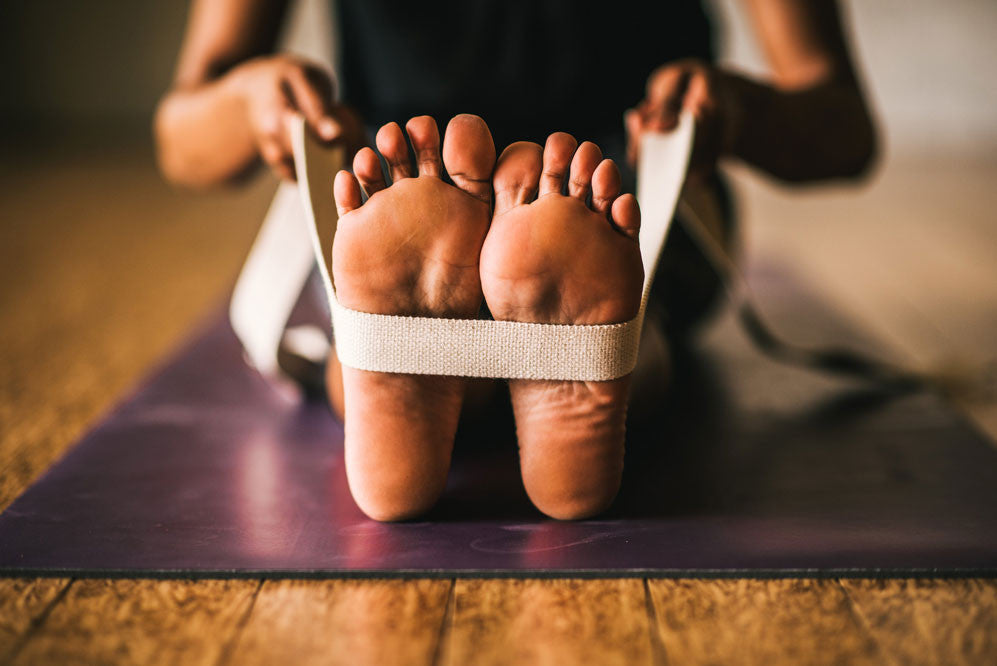
Authors: Philip Knox and Devin Thomas
Whatever your age or fitness level, yoga is one of the best ways to stay healthy, look good, and feel great. But, if you're new to yoga, it can be hard to know where to start. Don’t let yourself feel intimidated; just remember a few simple hints, and you'll be well on your way to practicing a fun and rewarding yoga for beginners workout.
What you need for your first yoga routine
The great thing about yoga is that it can be done anytime, anywhere, with very few accessories. All you need is to wear comfortable, loose-fitting clothes. A non-slip yoga mat is also recommended.
More than anything, though, yoga beginners need patience and an open mind. With a little determination, you'll feel the results in no time.
Beginners yoga – class or DVD?
For a yoga first-timer, a little expert advice will always come in handy. It's hard to beat face-to-face teaching in a class or gym, but, if there’s nothing available in your area, a top-quality beginners yoga DVD can be just as good. The best yoga for beginners DVD for you will be uniquely tailored to your wants and needs. Rodney Yee and Colleen Saidman have put together a Smart Start Yoga program that teaches you a range of seated and standing poses to be practiced anywhere.
For a beginner with a hectic schedule, AM/PM Yoga for Beginners offers a sequence of gentle workouts designed to fit perfectly into the rhythms of your busy day. Yee's Yoga for Beginners includes both a shorter morning workout and a more intensive yoga routine centered entirely around accessible beginner yoga poses.
Your first yoga poses
Don't forget that the key to successfully practicing yoga is your breath control, or pranayama. Remember to always take deep breaths through your nose, filling out your belly. Sit on the floor in a relaxed Easy Pose – seated with your legs crossed and your back and neck straight. Concentrate on your breathing, and feel your body balanced and controlled.
Although it might sound easy, mastering your breathing and back muscle control in this way is an essential part of beginning your yoga routine. Once you feel relaxed, stand up straight and stretch your arms slowly up above your head as you breathe in, then exhale as you reach down toward the ground. Go as far as you can without straining.
Once you feel comfortable with these simple beginner yoga poses, you can incorporate them into a sequence for a more advanced workout.
Yoga might seem like a daunting task. You walk into a gym or download a yoga video and some flexible yogi is sitting on her head in a pretzel-like position and you think, “I’ll never be able to do this." Here are two easy beginner yoga poses that can produce results without sending you to the emergency room.
Cat-Cow
A very basic stretch to start with is Cat-Cow Pose, which is a great stretch for your back and abdomen.
- Start on your hands and knees, aligning your wrists underneath your shoulders and your knees with your hips.
- Keep your spine flat like a table; this is called neutral spine.
- Keep your neck in line with your spine. Don’t lift it up or drop it down.
- As you inhale, drop your belly toward the floor and look up. Curl your toes under if this helps you reach the stretch.
- As you exhale, pull your spine toward the ceiling, rounding your back. Your head will drop down and you can focus on your navel. The tops of your feet will lay flat against the floor.
- Repeat this action as you continue inhaling and exhaling, working on your breath.
Downward-Facing Dog
Another easy beginning yoga pose to try is Downward-Facing Dog.
- Begin on your knees the same way you did with Cat-Cow pose, with your wrists under your shoulders and knees under your hips.
- As you inhale, push your hips toward the ceiling, straighten your legs and place your feet flat on the ground.
- Once your legs are straight, spread your fingers out, and let your head hang between your arms. Engage your quadriceps to take pressure off your arms.
- Once you are in position, continue working on your breath.
Both of these positions and more can be found in basic yoga classes and some of the best beginners' yoga DVDs. Always remember to work at your own pace and that most positions can be modified or altered to help you achieve them. Open communication between you and your yoga instructor is the best way to get the most out of each exercise.
Also in Blog

Body Peace & Personal Empowerment

Yoga for Swimmers: Poses for Strength and Mobility


